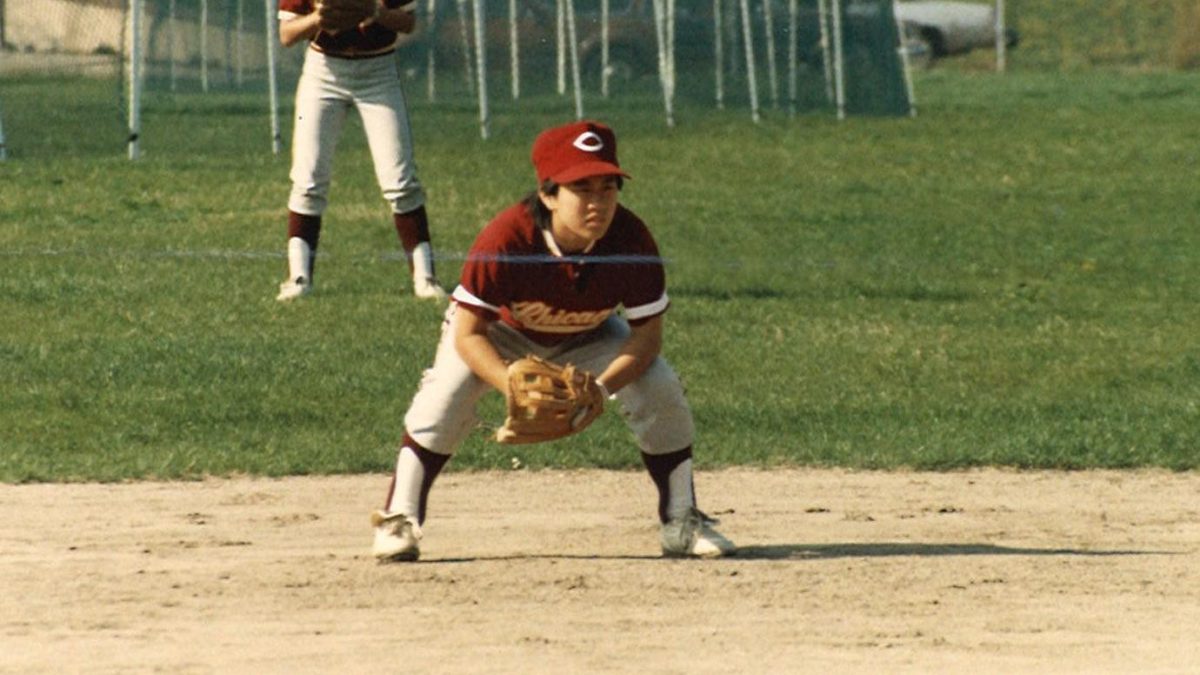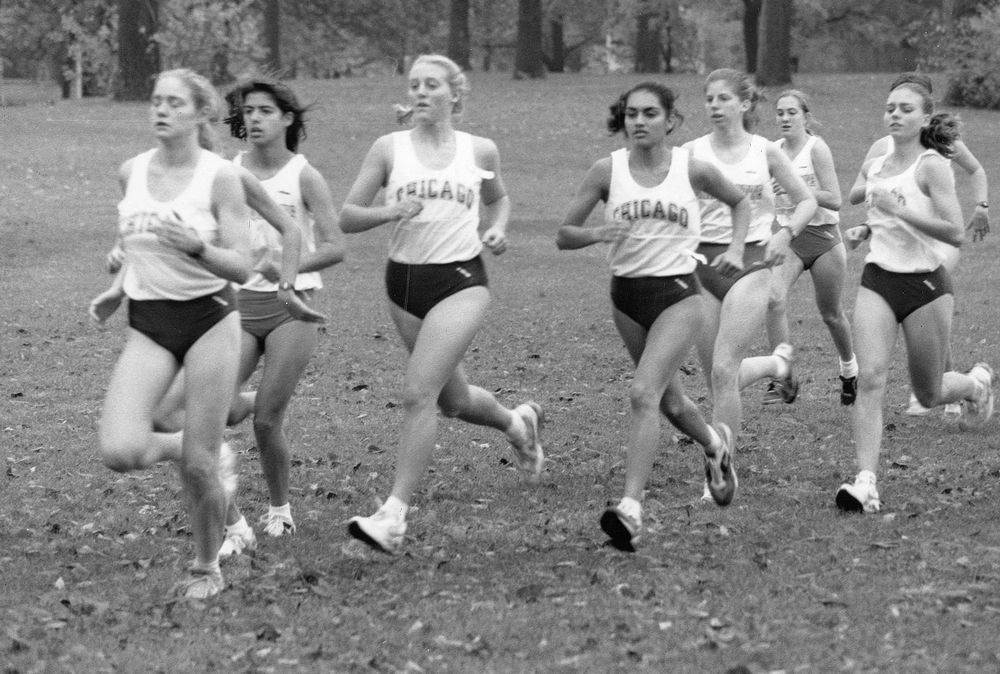The middle of January is not traditionally the time when sports fans put their focus on the NHL. After all, the Super Bowl/Pirate Bowl is just five short days away. Plus, early winter is also the time when some of the more exciting off-season baseball moves are made. South Siders, for instance, are talking more about the White Sox’s new hurler, Bartolo Colon, than they are about Blackhawks captain Alexei Zhamnov getting “snubbed” for the all-star game. The sad truth is that many mainstream hockey fans wait until late February or early March in order to catch the final push to make the grueling but usually exciting playoffs.
This wasn’t always the case. Your professors will tell you that revolutions in strategic thinking lead to major progress in the way most kinds of competitions are waged. In some ways this is true. Weaker teams have often used clever strategies to stage unprecedented upsets. But in the NHL, the progress of the last 10 seasons has led to disaster, both in terms of the league’s structure and its popularity.
Many hockey fans might have noticed a few major proposals and/or changes that have been bouncing around the league. A few seasons ago the crease was reduced in size. Overtimes are now four-on-four and give both teams at least one point in the standings no matter what the result. Obstruction penalties are becoming more and more common, and there are a number of owners in favor of getting rid of the two-line offside call.
What is the reason for this rash of reform? Owners simply want to increase the number of goals scored. The crease reduction came after too many seemingly legitimate goals were being disallowed because the tip of a skate had accidentally slid into the crease. The last straw for owners and fans alike came when then Boston Bruin Tim Taylor’s foot negated a game-winning goal in a critical playoff series. The four-on-four overtime creates more open ice and thus more opportunities for faster skaters to make plays. The guaranteed point in the standings supposedly discourages teams from playing for the tie, but the end results are still mixed. Obstruction penalties simultaneously create more power play opportunities and discourage some of the trivial incidents of interference that defenders have used over the years to slow down the rush up ice. Finally, axing the two-line offside has been proposed in order to allow snipers to hang around by the opponents’ blue line and perhaps increase the number of exciting breakaway goals.
While scoring is indeed up over the last couple of seasons, it still has quite a long way to go before it returns to its high-powered level of the 80’s and before. Back in those days, Grant Fuhr could win the Vezina Trophy with a goals-against average (GAA) of 3.46. Fans also marveled at anyone with a save percentage of .900. Certain mediocre players would have 100-point seasons routinely. Good defense was praised, but it was the offense that really controlled the game. These were the days when defensemen like Ray Bourque and Paul Coffey could finish a season among the league’s top scorers and were often the scariest part of a power play. Goals certainly came more often, but never too often. The rate of scoring was probably at a level that produced very close to the optimum level of excitement that one could get out of a hockey game.
There are a number of possible reasons for today’s goal deflation problem. Some fans blame it on the decline of many of the old superstars that dominated those times, but I think that such people are likely letting nostalgia cloud their judgment. If you take into account today’s lower goals-per-game average, modern superstars are probably scoring in the same proportions as in earlier days.
Two other explanations make more sense: the rise of the neutral zone trap and overexpansion. The trap was first employed routinely by the New Jersey Devils, a team that stifled all of its opponents and barely lost a single playoff game. Their favored Final Round opponents, the Detroit Red Wings, were completely unprepared for the Devils’ style of play and proceeded to lose in four games. This series marked the first time I had ever heard an on-air commentator use the word “boring” in reference to the action (or lack thereof) on the ice. Typical Devil scores were 1-0 or 2-1, and the goals were often cheap fluke goals that owed everything to an unfortunate bounce. I had the misfortune of seeing the Devils visit Boston that year, and I could feel the collective sense of frustration that every Bostonian felt as the clogged neutral zone became one giant black hole. In the following years, many teams imitated this style, transforming the trap into a league-wide problem.
The fact that we now have 30 teams has also had negative effects. First, the talent pool has become diluted, which means that the average player is not as good and that some teams have a harder time finding a lethal scoring combination of the Oates-Hull or Gretzky-Messier variety. The overall quality of play is generally lower, and some teams are using the trap to compensate for such a lack of ability.
It may be very difficult to strike the proper balance between the size of the fan base and the quality of the game. The recent financial problems of Ottawa and Buffalo have made the situation worse. At least one sports writer has already mentioned contraction, and he may very well be onto something. The economic effects of contraction are still uncertain, but it is certainly possible that reducing the number of teams could return the talent pool to a higher level. The bottom line is that scoring needs to increase somehow if the NHL expects to keep its fans entertained for 82 games and beyond. It’s still not too late for positive change.









